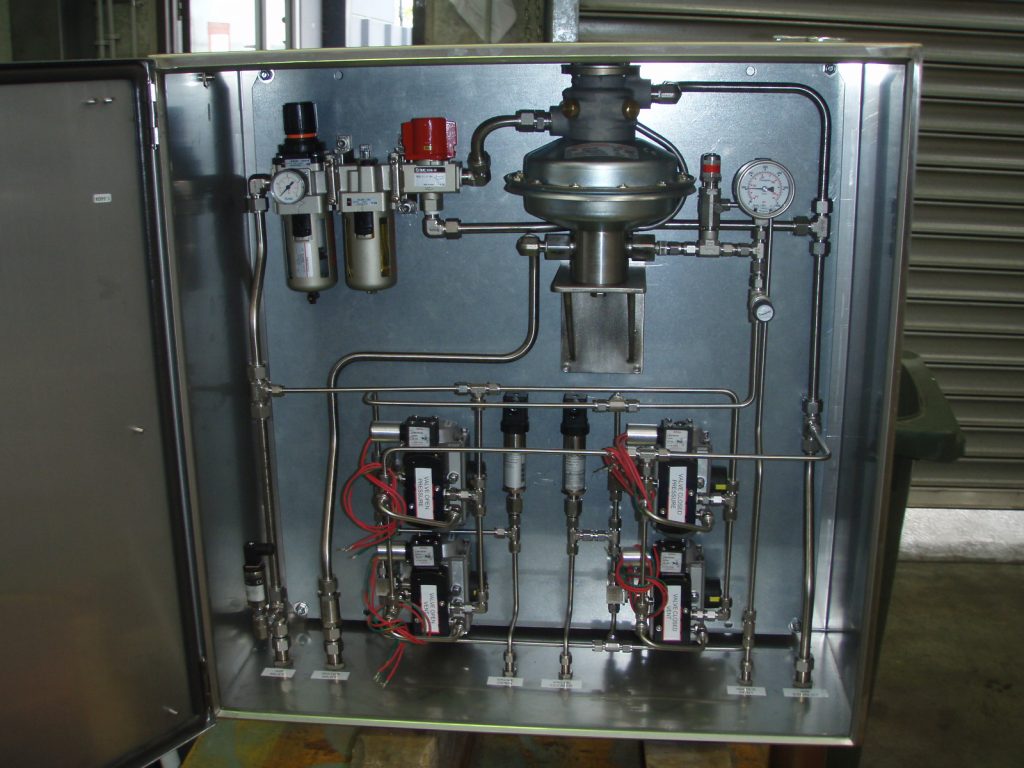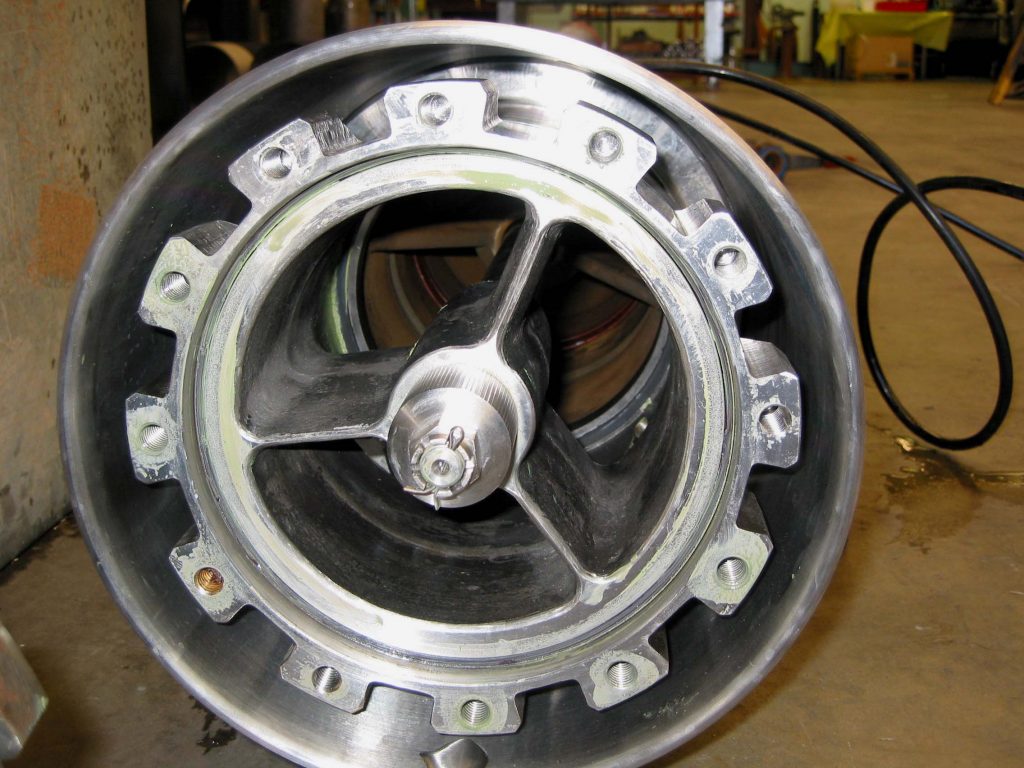Aquifer Storage and Recovery (ASR) or Aquifer Injection Control (AIC) is a method of enhancing water recharge to underground aquifers by gravity feeding or pumping excess water into the aquifers for later use in times of peak demand or simply a method to store unwanted or surplus water stocks.
ASR is a low-cost alternative to store water (compared to surface storages) and can minimise evaporative water loss.
During injection, the water in the injection column is controlled to prevent air from being entrained or trapped in the fluid flow and carried into the aquifer. Entrained air can adversely affect the recharge efforts, through air-fouling, bio-fouling and calcite formation, blocking the sustained flow of water into the aquifer in the longer term.
There are many options available for aquifer injection control based on the desired level of control and the intended application.


The simplest method allowing basic unmanned and unmonitored control of the injection process is to employ a pneumatic packer at the bottom of the injection column or simply suspended into the bore casing.
The packer is inflated with air or nitrogen to a specific pressure such that injection pressure by means of the gas compressibility automatically inflates and deflates the packer to control the injection pressure and thus injection flow rate. This system does not allow manual operation of the down hole valve or control of specific injection flow rates. It simply maintains a given injection head pressure by varying the injection flow rate.
If the injection head is not sufficient, the packer will remain fully inflated allowing no injection flow. When the injection head increases due to water supply etc, the head pressure on the packer builds and automatically compresses the inflation gas causing the packer to partially deflate. The amount of head pressure in the system will determine the amount of packer deflation and hence injection flowrate. When the injection head falls, the packer will automatically start to re-inflate dropping the injection flow rate to maintain the minimum required column head.
Stepping up, the next option is to employ a flow control valve that can be either manually or automatically (via PLC) controlled from surface by means of the surface control system (SCS).
This system allows the user to control the injection pressures and flow rates to desired levels and alarm when the system is at fault. Typically the system is configured by means of a PLC that will allow the user to specify the desired injection flowrate provided the injection pressure remains within a set band of allowable pressures. The valve will modulate open and closed by way of surface pumps, valves and controls with the SCS trying to achieve the desired injection flow rate.
If the system falls outside of the desired injection pressures, the system can be configured to alarm such that the required action can be taken. Such faults may be:


The AGE ASR valve is the ultimate in injection control that also allows aquifer fluids to be injected or pumped to meet either production requirements or to back flush where an injection bore is susceptible to regular fouling due to mineralised deposits forming within the bore causing clogging issues.
The ASR valve is controlled by the same surface control system (SCS) and allows the same user functionality of the FCV system with the addition of the recovery or back flush cycle. In this mode of operation, the annular ASR valve is modulated fully closed and aquifer fluids are pumped through the valve by means of a submersible pump installed below the ASR valve.
To return to injection mode, the pump is stopped and the SCS is returned to injection mode modulating the ASR valve according to the set parameters.
Injection is accommodated by means of radial injection ports that are specifically shaped to obtain proportional control of injection flow rates. Injected water is then deflected downwards by the injection shroud ensuring that erosion of bore casing does not result.



To find out more or to discuss any specific needs you have – be it for off the shelf equipment or custom designed equipment, contact AGE Developments.
© 2024 Age Developments | Privacy Policy
Website by Roobix